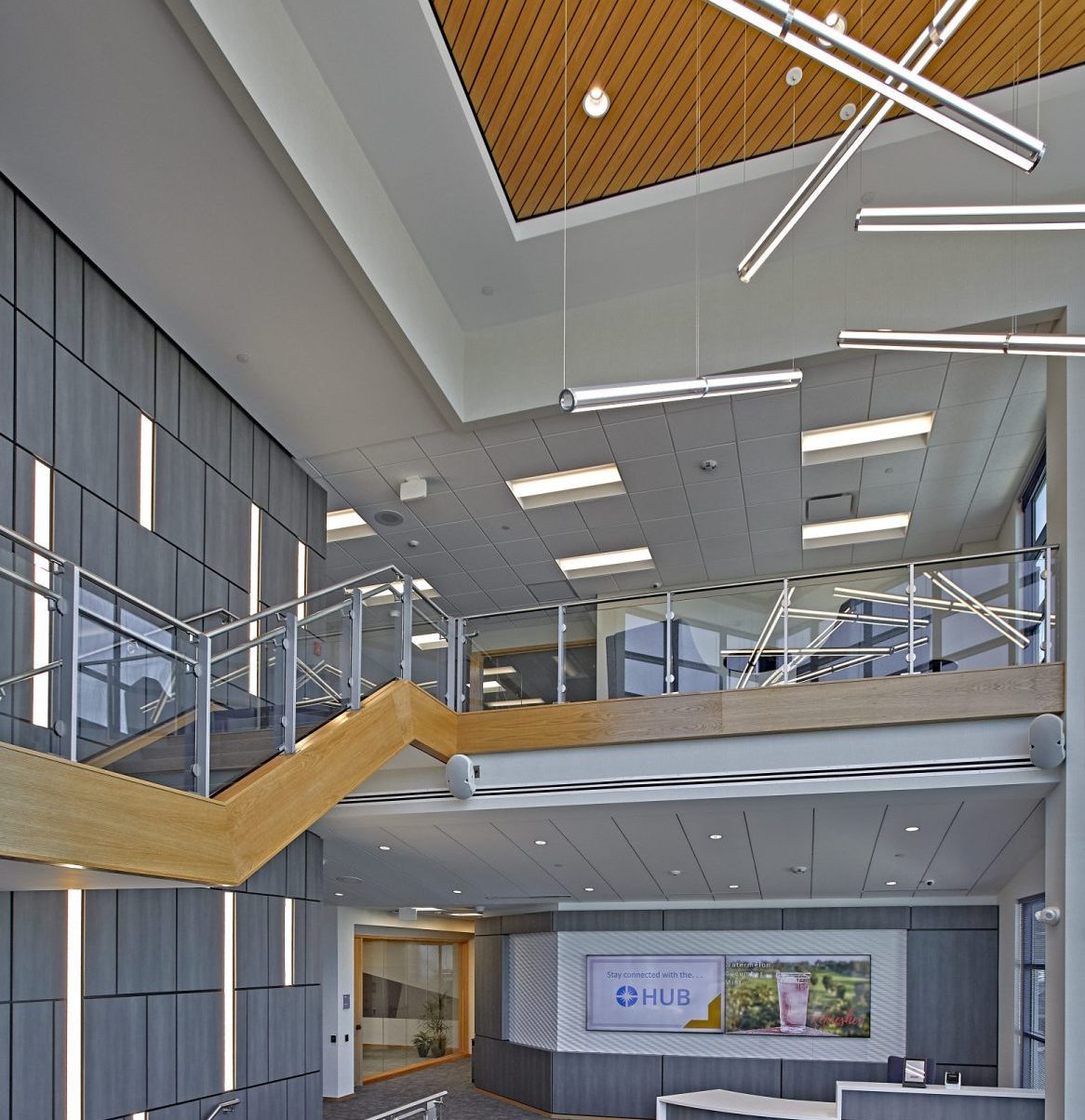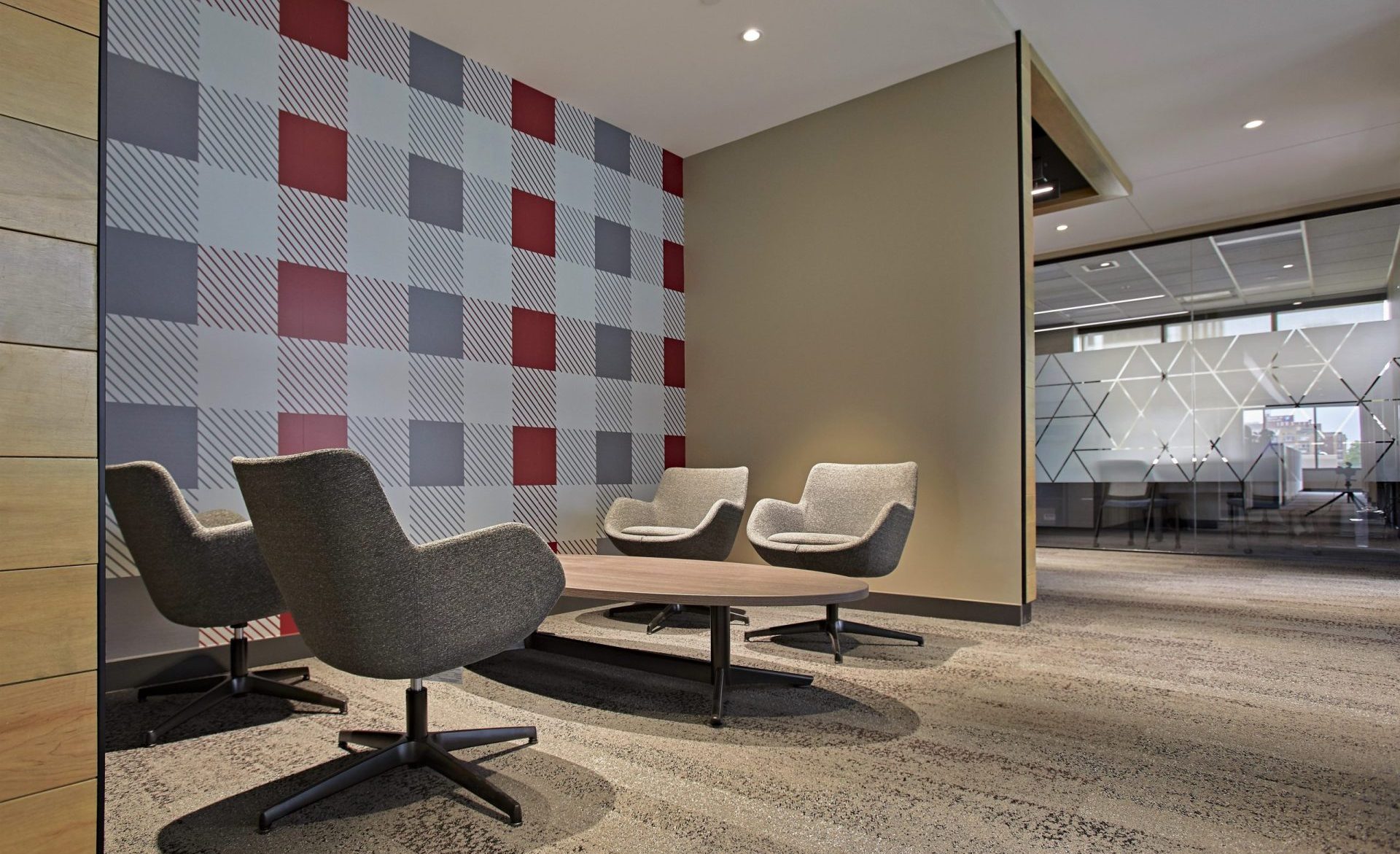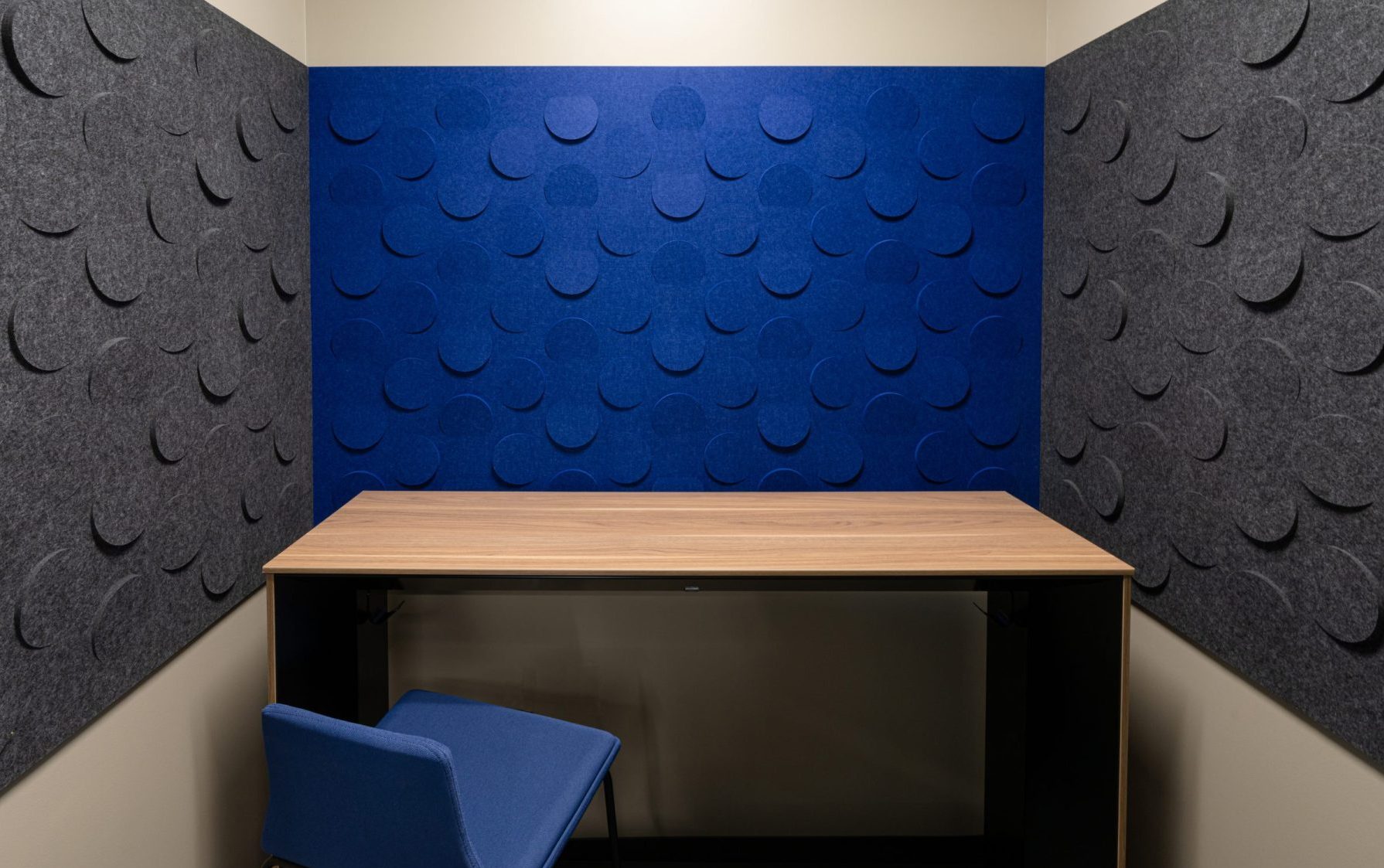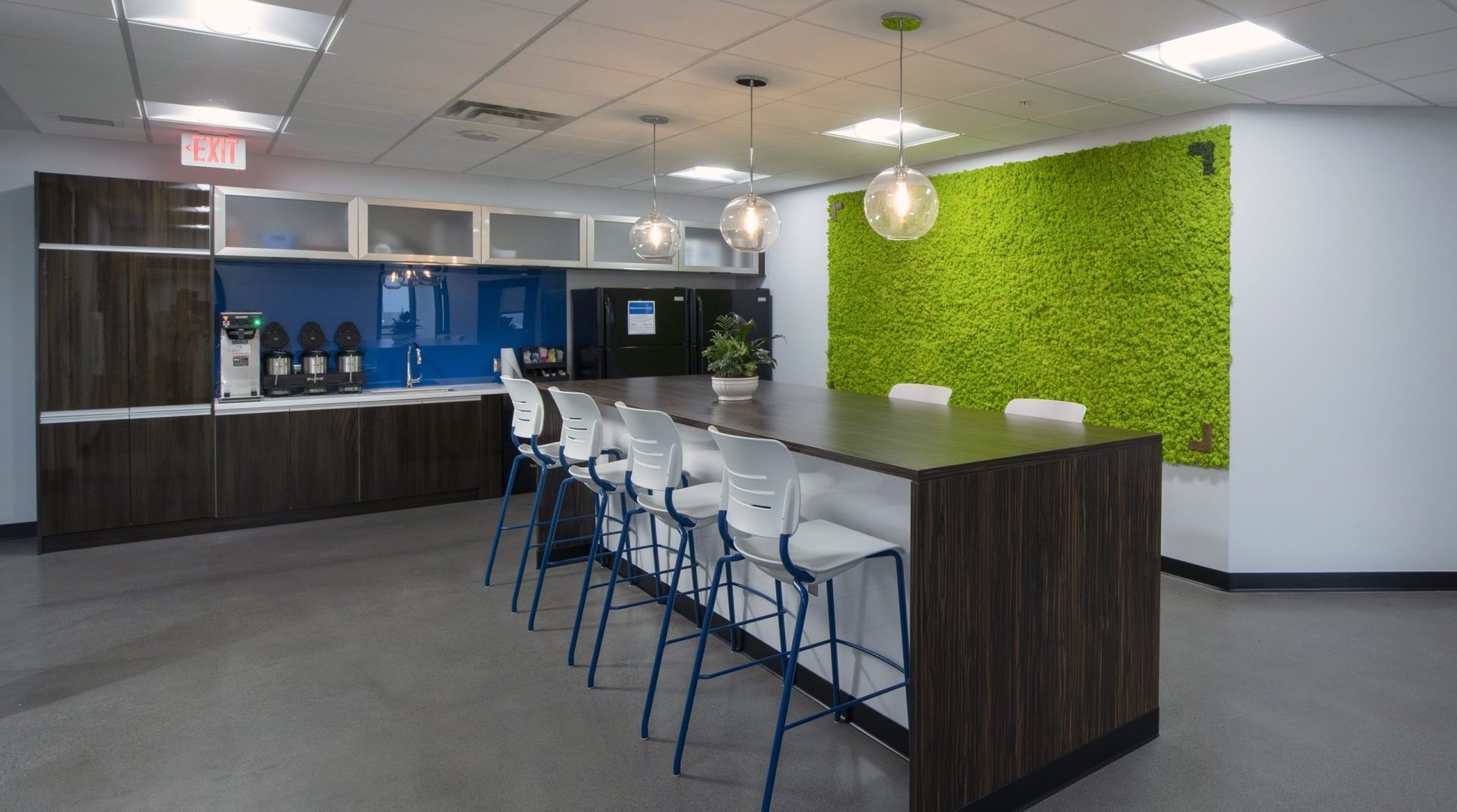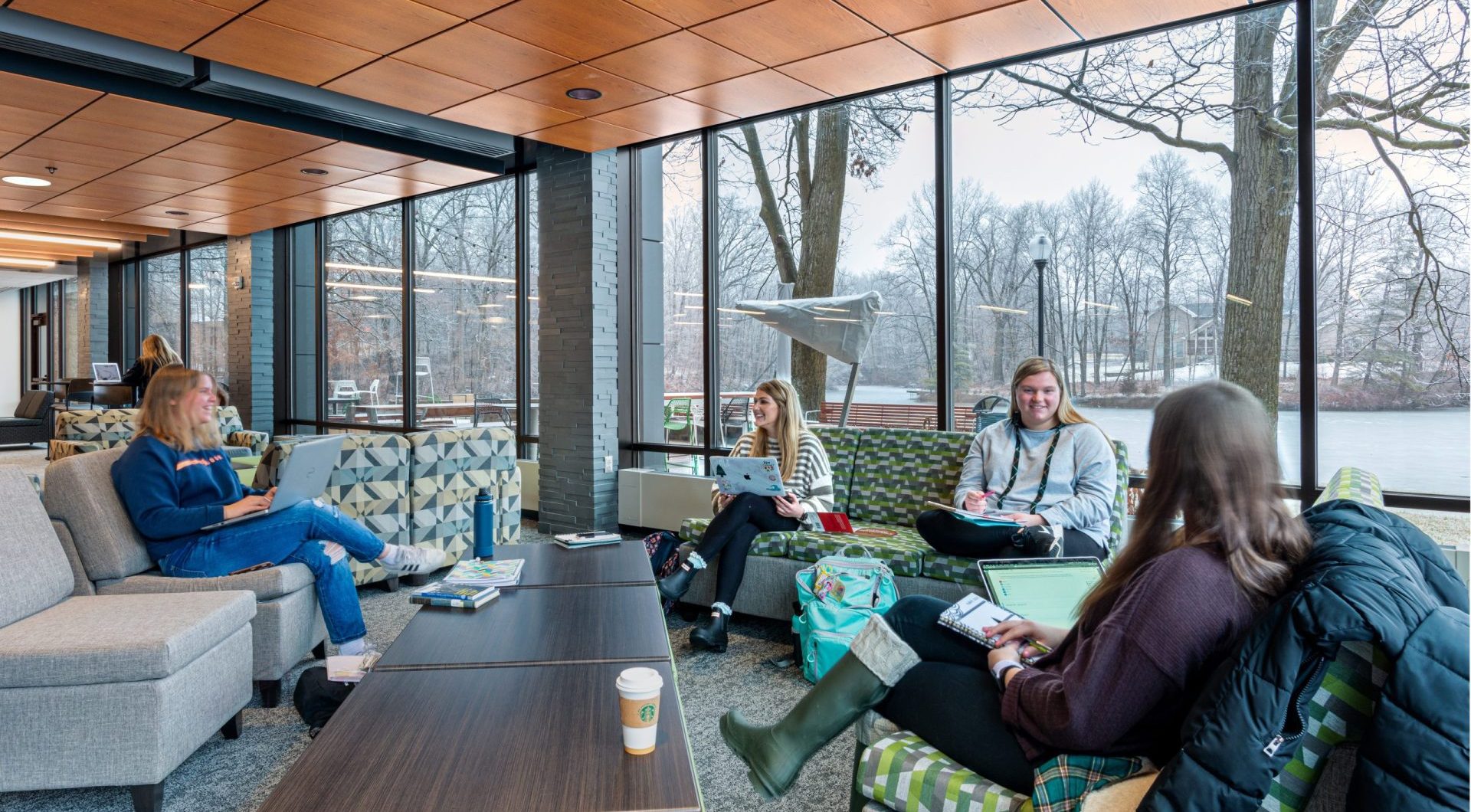What is WELL? A Look at the WELL Building Standard v2
By Alex Kircher, RA, WELL AP
March 30, 2022Post Tagged in
 |
Today’s world is becoming much more considerate of health and well-being. People in the United States spend roughly 90% of their time indoors, so that seems like a good place to focus. The WELL Building Standard applies health and wellness to buildings, interior spaces, and communities. Let’s take a look at what exactly WELL is, how it began, and see if it’s an option for you. |




